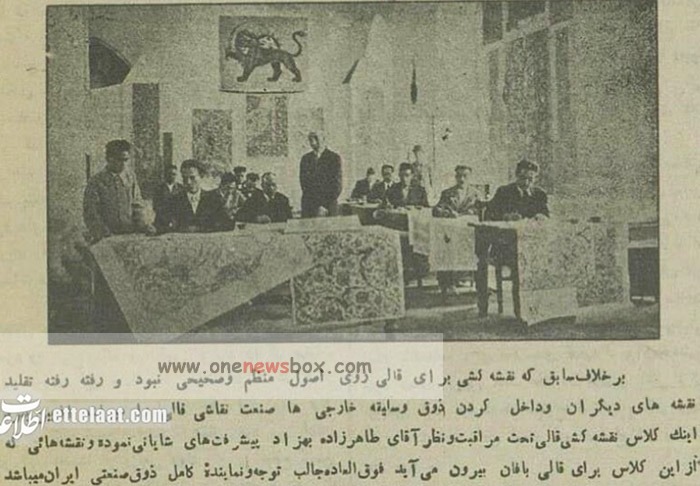Cultural Policy Shift
The government’s broader cultural policy aimed to preserve the symbols of Iranian identity while presenting them through a modern lens. The 1935 fine crafts revival project fit neatly into this policy: it was designed both to protect endangered skills and to adapt them for contemporary needs. By institutionalizing craft education, the state could ensure consistent quality, train new generations of artisans, and create a foundation for exporting Iranian cultural products abroad.
Establishment of the Project
The Organizational Structure
In 1935, a designated institution—often referred to in official documents as a Markaz-e Sanaye-ye Ziba (Center for Fine Industries)—was formed to implement the project. Its mandate included:
-
Preservation: Identifying and documenting endangered crafts and traditional techniques.
-
Education: Offering systematic training programs to new artisans.
-
Support: Providing financial aid, workspace, and materials to craftspeople.
-
Promotion: Organizing exhibitions domestically and internationally to raise awareness of Iranian crafts.

